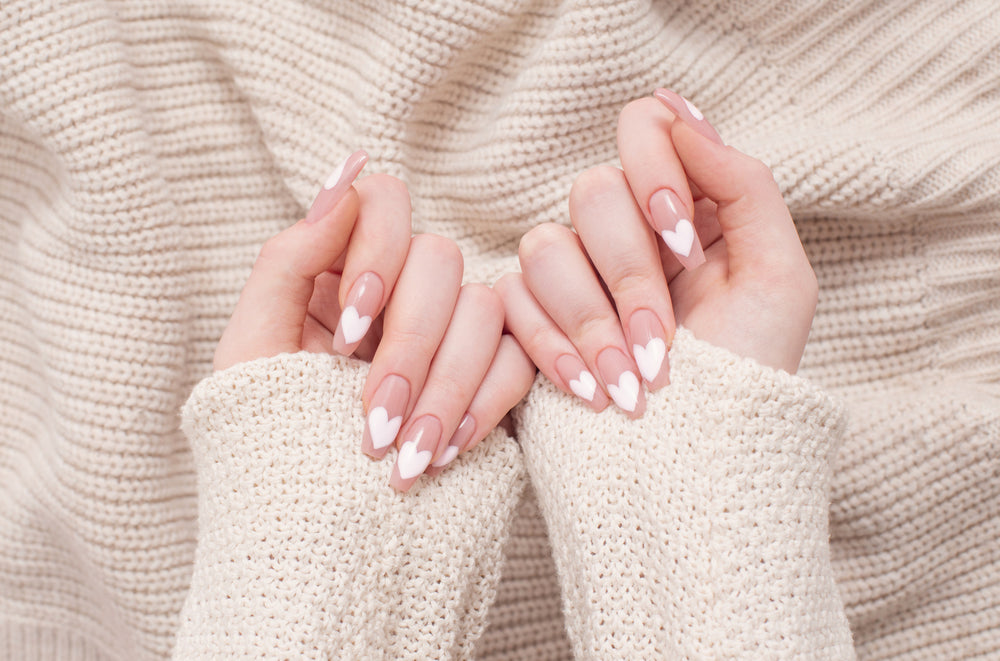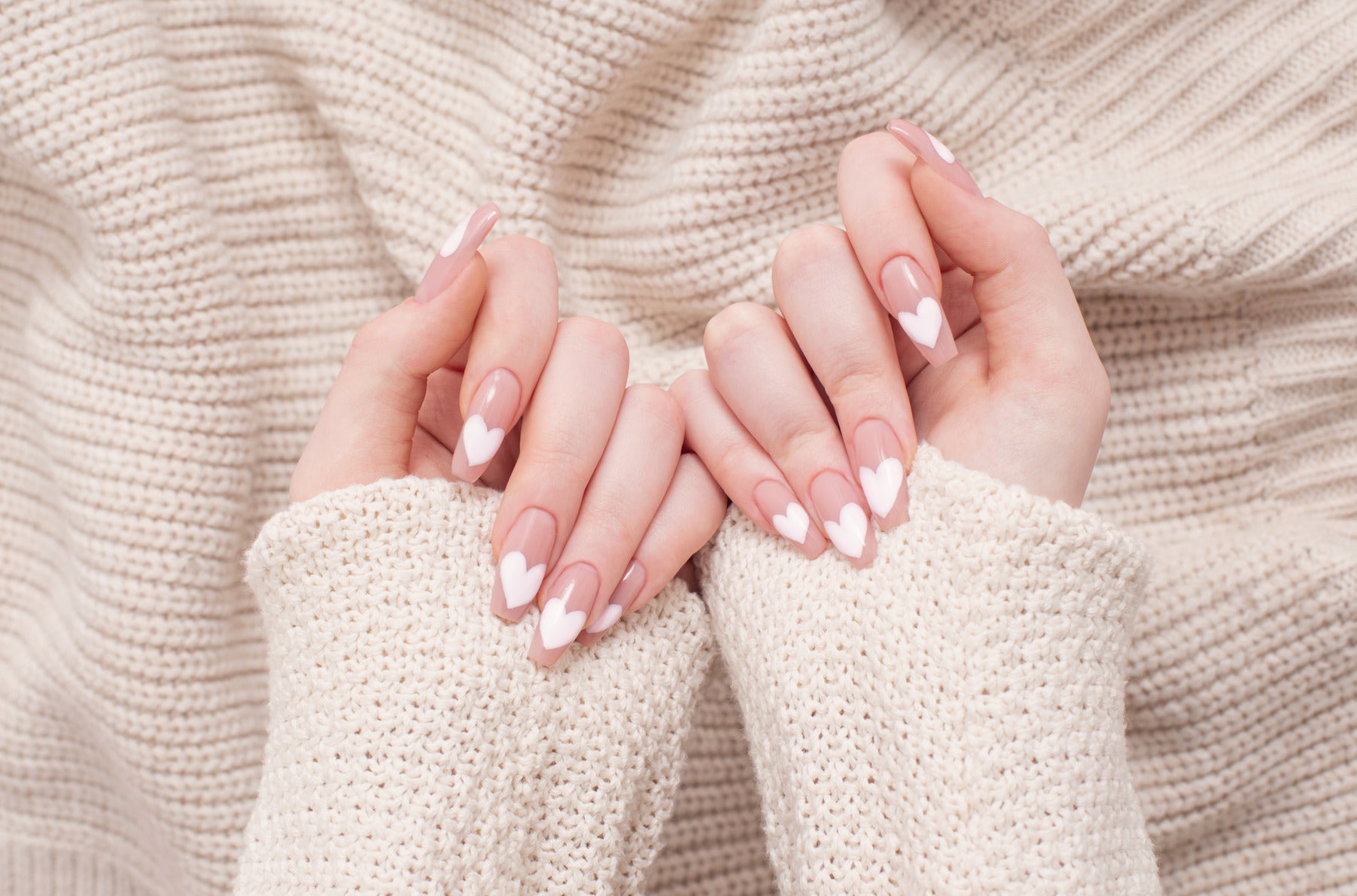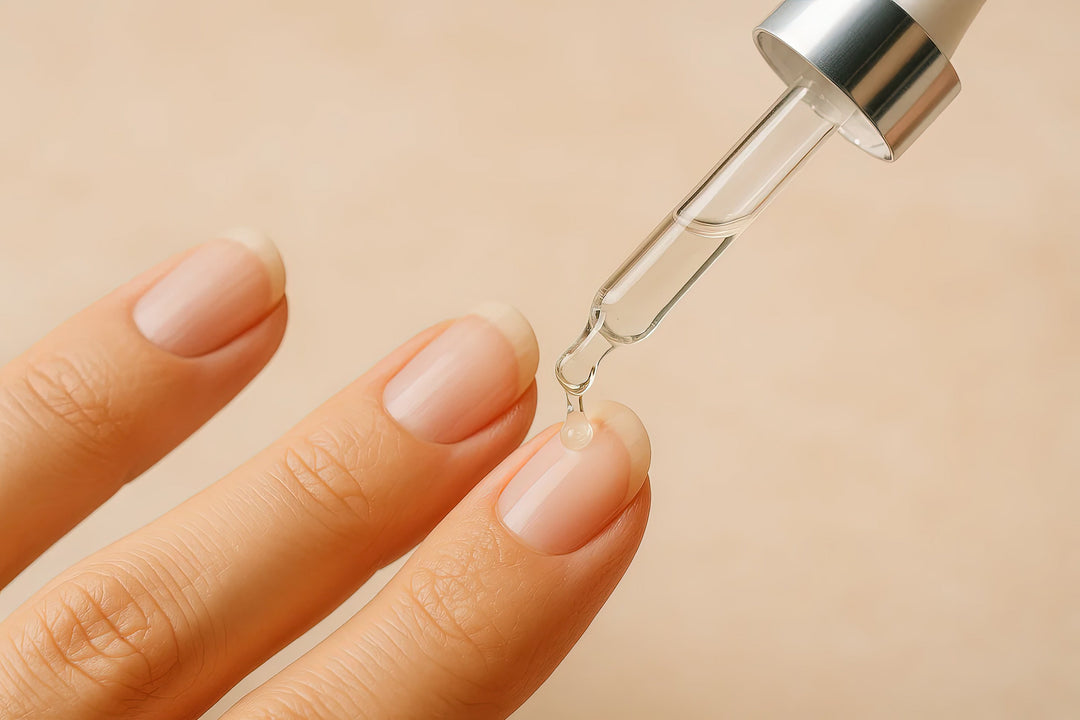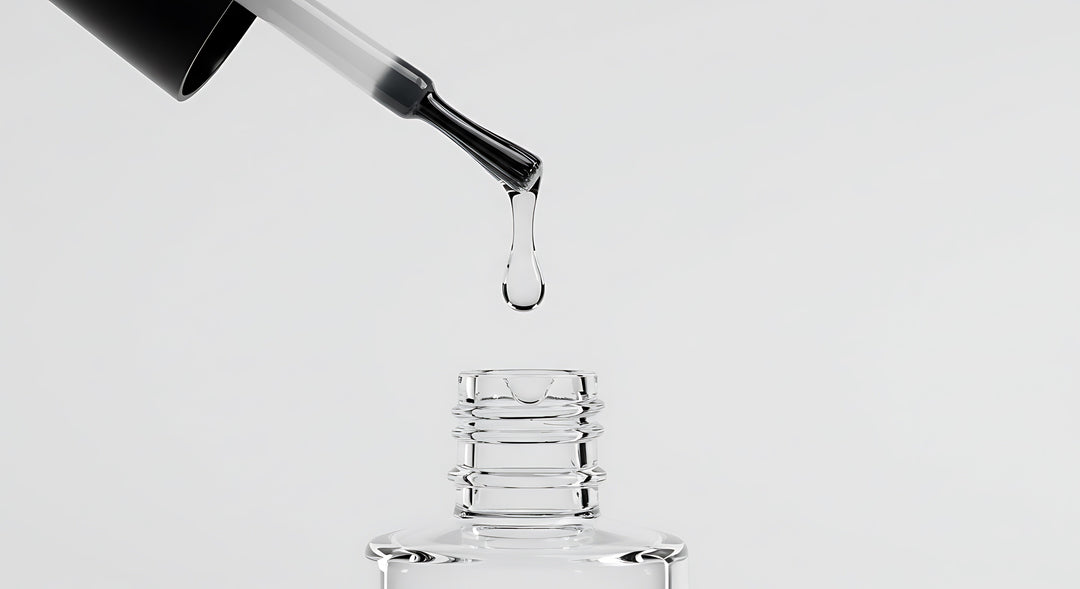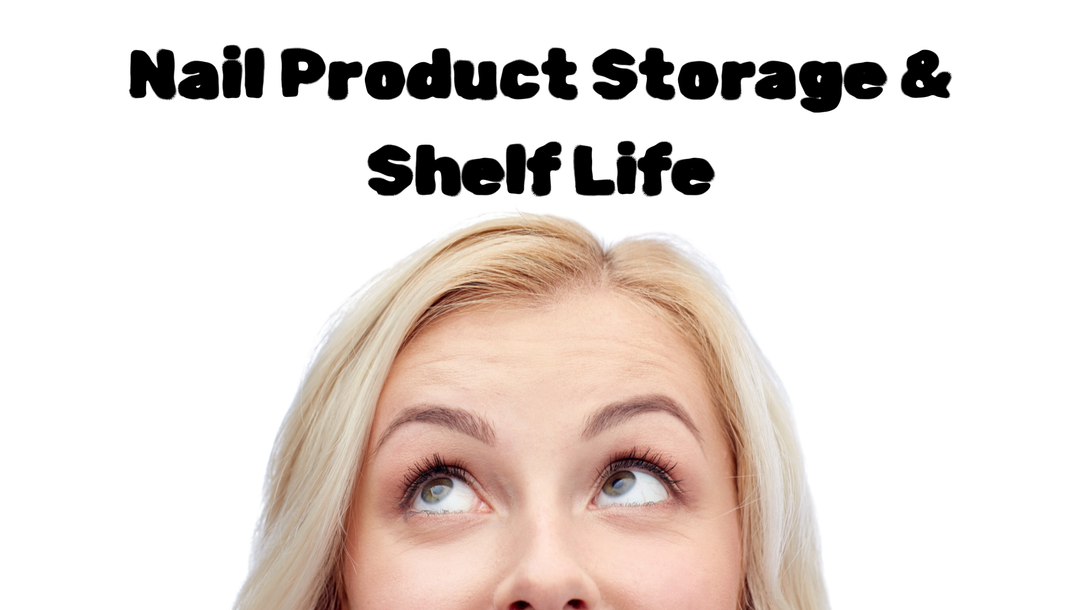Nail Plate 101: Biology, Moisture & Why Oil Matters

Quick takeaways
-
The nail plate is compacted keratin. It doesn’t “breathe,” but it exchanges water and oils.
-
Balanced moisture = flexible nails. Too dry → brittle & peeling. Too wet → swelling/shrink cycles that lift gel.
-
The cuticle is a protective seal, not “dead skin to scrape off.”
-
Daily cuticle oil keeps keratin flexible, reduces micro-splits, and helps enhancements last.
-
Oil anytime—just not during prep. Clean, dry plate before product; oil again after curing.
Meet the nail unit (simple anatomy that actually matters)
-
Nail plate: the hard, translucent part you paint—built from thin keratin layers stacked like tiles.
-
Matrix: growth factory under the skin at the base; produces new keratin cells.
-
Nail bed: the skin underneath the plate, full of tiny ridges that help adhesion.
-
Eponychium (living skin) & cuticle (thin, non-living tissue): together they form a seal so moisture and microbes don’t sneak under the fold.
Why you care: when the seal is intact and the plate stays flexible, you get fewer breaks, less peeling, and longer-lasting gel/builder.
Keratin & water: the moisture balance
The plate is hard keratin with micro-spaces that hold water and lipids. A healthy nail typically contains 10–30% water depending on weather, washing, and products.
-
Dehydration culprits: detergents, constant hand sanitiser, long acetone exposure, over-filing. Symptoms: rigid nails, peeling layers, vertical splits.
-
Over-hydration culprits: long soaks, hot showers, hours of sweating in gloves. The plate swells, then contracts as it dries, creating micro-gaps under coatings → lifting/chipping.
Goal: a steady, mid-range moisture level. You do this by replacing lipids (oils) often and protecting from harsh wet-dry yo-yo cycles.
Pro tip: Short, frequent oiling beats one heavy slather. Think “micro-doses,” not oil slicks.
The cuticle seal (and how not to ruin it)
That whisper-thin film attached to the plate near the base is a gasket. It keeps the space where new nail forms clean, hydrated, and protected.
Don’t:
-
Hack away the eponychium (that’s living skin).
-
Dry scrape until the area turns white or sore.
-
Skip re-hydration after sanitiser.
Do:
-
Soften, lift, and remove only non-living tissue stuck to the plate.
-
Keep the seal supple with daily oil to prevent hangnails and peeling edges.
-
Before product: remove residue, refine lightly, and cleanse/dehydrate as your system instructs.
Why cuticle oil works + what to buy
Great oils combine light, penetrating oils with top-layer emollients to slow water loss:
-
Penetrating oils: jojoba, squalane, sweet almond, grapeseed—lightweight and fast-absorbing.
-
Support actives: Vitamin E for antioxidant support.
-
If sensitive: fragrance-light options, skip strong dyes.
Benefits you can feel:
-
Fills micro-channels between keratin cells → fewer snags and peels.
-
Improves flexibility so knocks bend instead of chipping coatings.
-
Conditions the seal so the cuticle stays neat, not ragged.
Keep a cuticle oil at your desk and by the bed. Habit beats perfection.
Timing: oiling vs prep for gel/builder gel (the golden rule)
Hydrated nails are happier, but oil on the surface during prep = poor adhesion. Follow this order:
-
Everyday: oil freely (AM/PM + after washing).
-
Service day / DIY mani:
-
Wash → dry thoroughly.
-
Remove only non-living cuticle.
-
Lightly refine the surface (don’t thin the nail!).
-
Dehydrate/cleanse per system.
-
Apply base/gel/builder.
-
-
After curing: return to oil around sidewalls & under free edge.
Think wall painting: you wouldn’t moisturise plaster right before priming, but you’d maintain the surface afterwards.
Daily routine (2 minutes, AM/PM)
-
Oil: 10–20 seconds per hand—proximal fold, sidewalls, under free edge.
-
Hand cream: lock in oils, especially after sanitiser.
-
Gloves: dishwashing, bleaching, or long wet chores = gloves on.
-
Smart filing: one direction; finish with 180–240 grit to seal edges.
-
Between sets: keep oiling; you’re treating new keratin as it grows out.
Troubleshooting: pick your problem → fix
Peeling at the free edge
-
Up oiling to 2–3× daily for a week.
-
Finish filing with higher grit; cap the free edge when polishing.
-
Avoid long soaks; wear gloves for wet work.
Vertical splits / rigid nails
-
Switch to milder hand wash; avoid alcohol gels unless needed.
-
Keep length moderate; nightly oil for 2 weeks.
-
Consider a builder overlay once moisture improves.
Gel lifting near cuticle
-
Check prep: true cuticle may be left on the plate.
-
Avoid showers/baths just before application.
-
Ensure plate is fully cleansed/dehydrated pre-base.
Red, sore cuticles
-
Stop aggressive pushing/cutting.
-
Go fragrance-light; oil little and often.
-
Add a bland barrier cream at bedtime.
7-day “Oil Boot Camp”
For nails that feel tight, flaky, or keep chipping gel:
-
Days 1–3: oil three times daily (wake, mid-day, bedtime).
-
Days 4–7: reduce to twice daily.
-
Keep length sensible; avoid long water exposure without gloves.
-
Expect smoother cuticles by 48–72 hours; fewer snags by day 7.
FAQs
Do nails need to “breathe”?
No lungs here. They need balanced moisture and a healthy seal.
Will cuticle oil make my gel lift?
Not if used between services. Just keep oil away from the plate during prep.
How long before I see results?
Cuticles often look better in 2–3 days; nails feel less brittle in 1–2 weeks.
Can I oil over gel/builder gel?
Yes—around the cuticle, sidewalls, and under the free edge. Avoid saturating the enhancement surface right before a refill.
What’s the best oil?
Light, fast-absorbing oils (jojoba/squalane/almond) with vitamin E; fragrance-light if you’re sensitive.


